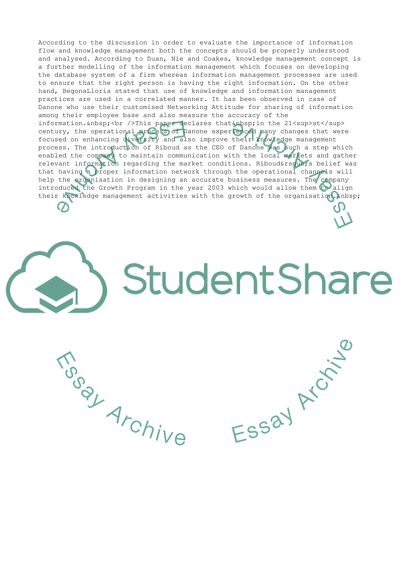Cite this document
(“Information Management and Knowledge Management Essay”, n.d.)
Information Management and Knowledge Management Essay. Retrieved from https://studentshare.org/management/1673973-information-management-and-knowledge-management
Information Management and Knowledge Management Essay. Retrieved from https://studentshare.org/management/1673973-information-management-and-knowledge-management
(Information Management and Knowledge Management Essay)
Information Management and Knowledge Management Essay. https://studentshare.org/management/1673973-information-management-and-knowledge-management.
Information Management and Knowledge Management Essay. https://studentshare.org/management/1673973-information-management-and-knowledge-management.
“Information Management and Knowledge Management Essay”, n.d. https://studentshare.org/management/1673973-information-management-and-knowledge-management.


